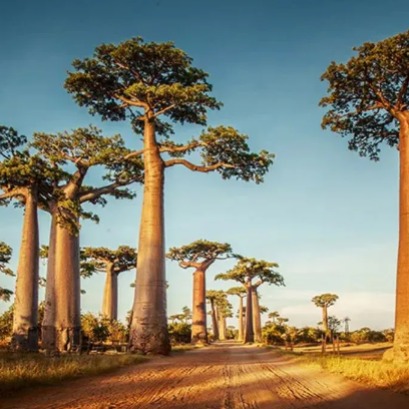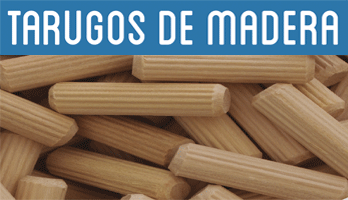
Los cirujanos del corcho
3.000 jornaleros luchan por producir cada verano el 30% del corcho mundial en un negocio acechado por la crisis
Corta el viento y el corcho con la precisión de un cirujano. Golpes sordos, acompasados y precisos rompen el ascético silencio del Parque Natural de Los Alcornocales (Cádiz). Ni un corte más, ni uno menos. Con su afilada hacha, Juan José Gallego dibuja una línea vertical perfecta en el árbol. “Es una prolongación de mi brazo. Siento cuando ha llegado al tronco”, explica el capataz. Con la empuñadura hace palanca y el corcho de desprende. En no más de 10 minutos ha acabado con el alcornoque. Pasa al siguiente. El ritmo es agotador. Gallego, de 36 años, dirige una cuadrilla de 14 hombres que, durante dos meses en verano, trabaja en la saca del corcho en Cádiz.
A lo largo de la geografía española, son hasta 3.000 trabajadores los que emplea este sector, tradicional y amenazado, pero que es capaz de producir 62.700 toneladas, el 30% de la producción mundial, y colocar a España como el segundo productor del mundo tras Portugal.

IT MAY INTEREST YOU
 Pablo Ruival will continue in front of Afoa until 2027 and ratifies forest-industria as a development engine for Argentina
Pablo Ruival will continue in front of Afoa until 2027 and ratifies forest-industria as a development engine for Argentina
The Argentine Forest Association (AFOA), an institution with almost 80 years of experience and representation of producers, companies, professionals, students and actors linked to the forestry sector, carried out its assembly of authorities for the 2025-2027 period.
 Since 2,000 were not enough, he planted 130,000 trees: he challenged the desert and turned it into an oasis
Since 2,000 were not enough, he planted 130,000 trees: he challenged the desert and turned it into an oasis
Its story is a testament to the human capacity to transform the environment through conscious action and respect for nature.
 The tree that retains more water in the world: stores up to 120,000 liters inside
The tree that retains more water in the world: stores up to 120,000 liters inside
With its imposing trunk and capacity to store water, this tree is a symbol of adaptation and survival in the most extreme environments on the planet.





















